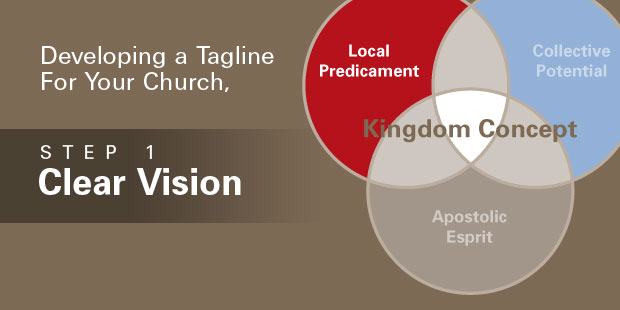
3 Ways to Create a Successful Blog for Your Church
When it comes to reaching people on the Web, few online tools are more advantageous than a blog. A church communications blog can help you better disseminate your message, create stronger connections with church members, and drive more people to your church website. Yet many churches continue to shy away from setting up blogs either for general fear of the unknown or because they just don’t know where to begin.
Here’s the good news: Setting up a blog for your church doesn’t have to be intimidating or complex. In fact, setting up a blog for your church is quite easy. The hard part is getting – and keeping – your content rolling so you can enjoy all the benefits a blog has to offer. Here are a few practical tips for launching and maintaining a successful church communications blog.
Three Steps to Make Your Church Blog a Success
#1 Get Senior Leadership Buy-In
In order for your blog to be successful, church leaders must be on board. How do you get them on board? Use the facts. Explain the benefits of having a blog in a clear manner. Tell them a blog is no different than standing on stage on Sunday and speaking your message – it just happens to be online. Let them know a blog is another forum for making your church’s voice heard and getting your message across to more people.
Once they understand the benefits, they’ll want to know how the blog will function – and what role they will play. The key here is to let them know they will be involved without placing significant burden on their already-heavy workload. Set aside a chunk of time for the staff to brainstorm blog content ideas and create a blog-posting calendar. Let senior leaders know they will not be required to write blog posts (unless they want to), but they can still contribute ideas and direct the content of the blog.
#2 Encourage Contribution
While you don’t want to place the blogging burden on senior leaders, you will need help. You don’t want to go it alone. The more people who contribute to your church blog, the more successful it will be. More contributors increases the likelihood your church blog will keep chugging along and not fall by the wayside in the months to come. The key to getting people to contribute is making it as easy as possible.
Install a simple way for staff members to submit blog content ideas or even posts they’ve written. Create an easy-to-remember email address (for example: blogideas@abcchurch.com) where staff members can submit their suggestions or drafted blog content. You can even share that email address with your congregation members and let them know they can submit content (personal stories, upcoming events, etc.) to be considered for posting on the church blog. The more people you have involved, the more content youwill have to post. The more content you have to post, the more effective your blog will be at enriching your church marketing and helping you reach more people.
#3 Select a Content Curator
To keep your content rolling, you need a Content Curator. Having a Content Curator is essential to ensure your church blog is posting regularly and your messaging is consistent. This is a very important role. The individual who takes on this role must have strong writing, editing and organizational skills. They will receive and review all the content submitted from contributors, edit and revise it as needed, and post it on the blog.
The Content Curator will also be the person who spearheads the church blog. Your Content Curator will work to recruit volunteers and contributors, and generate ideas for future blog posts. They will monitor the blog, respond to comments and keep track of traffic. They will also be responsible for communicating to church leaders and church members the existence of the blog. They need to let people know the blog is a platform for highlights, devotionals, stories and more. They will work to help spread the word.
Setting up a church blog is advantageous for any church that wants to continue to grow and expand. It’s a great way to reach more people with your message, and draw in new church members. But you have to do more than just create a blog – you have to nurture your blog. By getting senior leadership buy-in, encouraging contribution from staff members and making sure you have a reliable content curator, your blog will give your church a powerful and resounding voice in the online space.
How does your church staff generate and maintain blog content?
Read more from Tim here.

Tags: Attention, Awareness, Communication, Tim Peters






























